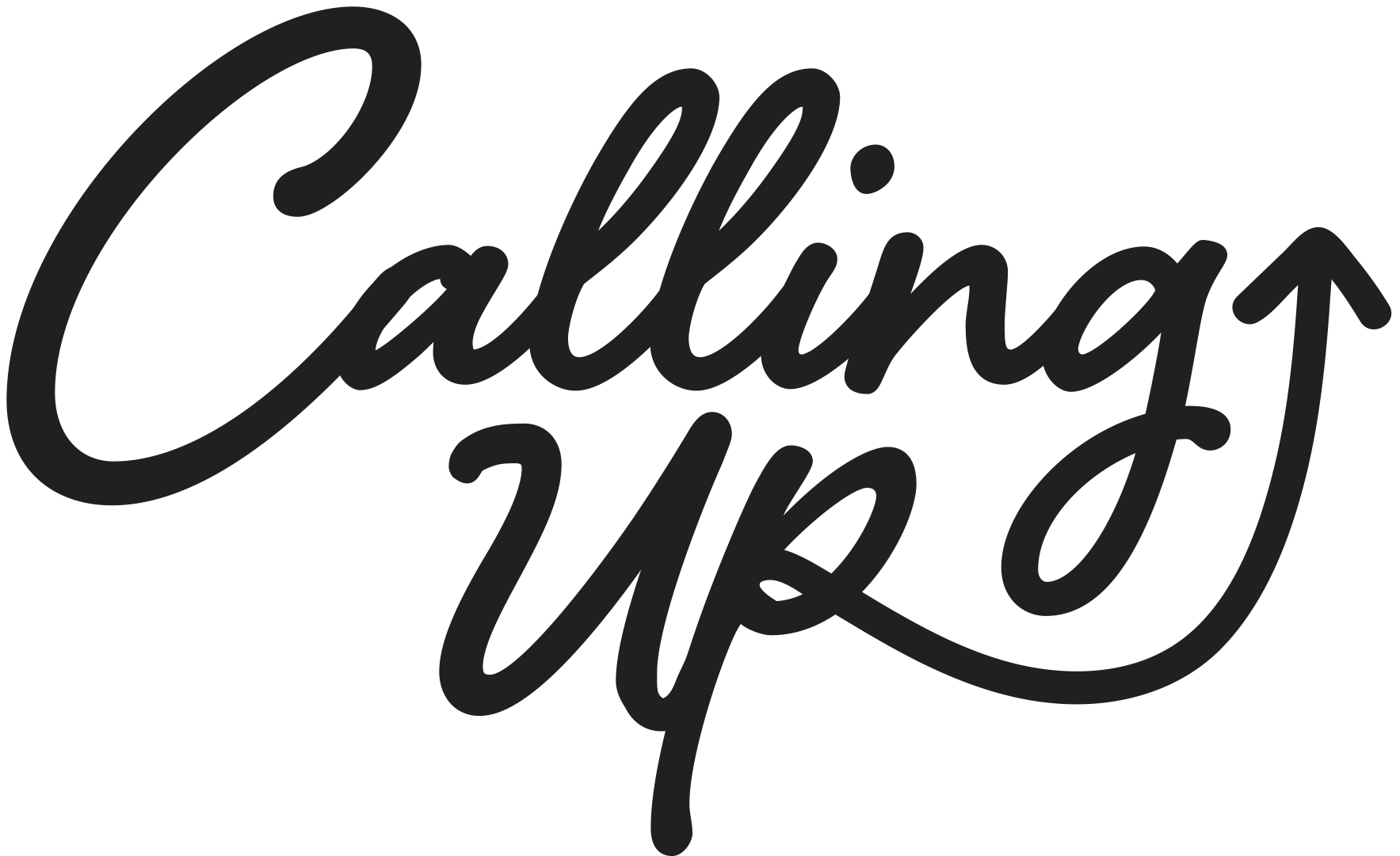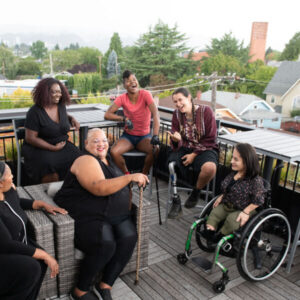Labeling accessibility needs as “special” is not just an inaccurate description; it is a patronizing and dehumanizing label that perpetuates harmful attitudes toward people with disabilities. This term, often used with good intentions, reflects a flawed design logic that separates and marginalizes those who require accessibility accommodations, instead of recognizing that accessibility is essential for everyone. By calling these needs “special,” we imply that they are outside the norm, when in fact, they are a fundamental part of inclusive design and human experience.
The Problem with “Special”
When we label accessibility needs as “special,” we inadvertently create a divide between those who are perceived as needing additional accommodations and those who do not. This division suggests that people with disabilities are outside the standard human experience, reinforcing the notion that they are “other” and separate from the rest of society. This perspective is not only alienating but also ignores the fact that the disability community is vast and diverse, encompassing people from all walks of life.
The term “special” can also be patronizing. It carries connotations of pity and charity, rather than respect and equality. By framing accessibility as something “extra” or “special,” we diminish the dignity and autonomy of those who require it, treating their needs as exceptional rather than as integral parts of human diversity.
The Social Model of Disability
The social model of disability offers a critical perspective that helps us understand why labeling accessibility needs as “special” is particularly harmful. According to the social model, disability is not an inherent trait of an individual but is created by the barriers and limitations imposed by society. In other words, people are disabled not by their bodies or minds but by the way society is structured—by inaccessible buildings, discriminatory attitudes, and exclusionary practices.
This model shifts the focus from the individual to the environment, emphasizing that disability is a social issue rather than a personal one. When we label needs as “special,” we reinforce the idea that the problem lies with the individual rather than with the design of society. This mindset perpetuates the exclusion and marginalization of people with disabilities by failing to address the systemic barriers that create disability in the first place.
Instead of viewing accessibility as an accommodation for a “special” group, the social model encourages us to see it as a fundamental aspect of creating an inclusive society. By designing environments that are accessible to everyone, we remove the barriers that disable people, allowing all individuals to participate fully in social, economic, and cultural life.
Poor Design Logic
From a design perspective, labeling accessibility needs as “special” is fundamentally flawed. Good design is about creating products, environments, and systems that are usable by everyone, regardless of their abilities. When we design with accessibility in mind, we are not doing something “extra” or “special”; we are doing what is necessary to ensure that everyone can participate fully in society.
By framing accessibility as a universal need, we shift the focus from catering to a “special” group to creating inclusive environments that benefit everyone. This approach not only serves people with disabilities but also improves the usability and functionality of products and spaces for all users. For example, curb cuts designed for wheelchair users also benefit parents with strollers, travelers with luggage, and even pedestrians who simply prefer a smooth walking surface.
The Largest and Most Diverse Community
The disability community is the largest and most diverse community on the planet, encompassing people with a wide range of abilities, experiences, and identities. This community is not homogeneous; it includes those who were born with disabilities, those who acquired them later in life, and even those who may not identify as part of the disability community at all.
Within this diverse community, language and identity vary greatly. For instance, the Deaf community, often referred to as “big D Deaf,” identifies strongly with Deaf culture and American Sign Language (ASL), while “little d deaf” may refer to individuals with hearing loss who do not identify with Deaf culture. This diversity highlights the importance of avoiding disability essentialism—the tendency to view the disability community as a monolith with uniform needs and experiences.
The use of the term “special” erases this rich diversity, imposing a one-size-fits-all label on a community that defies categorization. It fails to acknowledge that people with disabilities have different needs, preferences, and identities, and that their experiences of disability are shaped by a wide range of factors, including race, gender, class, and culture.
Toward a More Inclusive Future
To create a more inclusive and equitable society, we must move away from the language of “special needs” and instead recognize that accessibility is a fundamental right for everyone. This shift requires us to embrace the diversity of the disability community and to design with the understanding that accessibility benefits all people, not just a “special” few.
By adopting the social model of disability, we recognize that disability is not an inherent flaw but a social construct that can be dismantled through thoughtful, inclusive design. In doing so, we not only honor the dignity and humanity of people with disabilities but also build a world that is more inclusive, just, and accessible for everyone. The disability community is not a niche group with “special” needs; it is a vast and integral part of our global society, and its members deserve to be treated with the same respect and consideration as anyone else. By rejecting the language of “special” and embracing the principles of universal design and the social model of disability, we take a crucial step toward a more inclusive and equitable future for all.
CREDIT
The Disabled And Here collection is published under Creative Commons attribution licensing, which means you can use, share, and adapt the images for free with appropriate credit.
Photos should be attributed to Disabled And Here. When possible, please link back to the Disabled And Here project page.
We ask that you be thoughtful in how you put our collection images to use. With captions, we prefer identity-first language, as in “disabled person” rather than “person with a disability.”
This photo was taken by Chona Kasinger.

